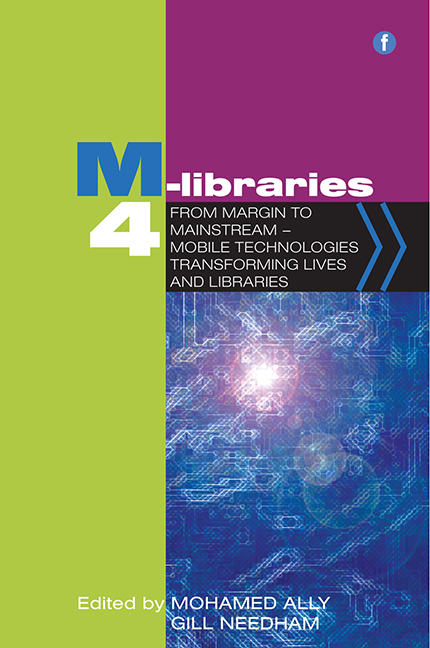26 - Kindles in the library: National University of Ireland Maynooth Kindle Pilot
Published online by Cambridge University Press: 10 September 2022
Summary
Introduction
With the new era of mobile technology and changes in how users access library resources, the Library at National University of Ireland Maynooth wanted to investigate ways of enabling users to borrow multiple core text materials on a single device. We looked into various options and chose the Amazon Kindle because it was less expensive than the iPad, the cost of the e-books was very reasonable, the device was easy to use and its size made it perfect for students to carry around with them.
Kindle pilot
The Library purchased 10 Kindles in May 2011 and uploaded them with free classic books, with a view to running a pilot project. Library staff had an opportunity to borrow the Kindles over the summer months, which proved very useful, especially for the Reader Services staff, as they would be dealing with any queries from the students. The Library then invited the departments of History, Business and Law to take part in the pilot, as they had expressed an interest in developing new ways of accessing Library resources. These departments were asked to browse the Amazon website and choose titles that would be relevant to their courses. Each department submitted a list of titles which the Library purchased via its Amazon account, the cost of the e-books being charged to the departmental book fund. The e-books were then uploaded to the 10 Kindles. To upload the e-books to the Kindles it was necessary to log on to the Wi-Fi or use the USB cable provided with each device.
Some publishers impose limits on the number of devices to which a copy of an e-book can be uploaded. This restriction means that additional e-book copies need to be purchased, depending on the number of Kindles to be loaded. However, this was still very good value for money.
The next stage in the process was to create a record for each Kindle device in the Library Management System. Each Kindle was given a barcode that was linked to this record. The purpose of the barcode was to allow students to borrow the Kindle. We also created a catalogue record for each e-book on the Kindle, with a note stating where the students could find the Kindles in the Library.
- Type
- Chapter
- Information
- M-Libraries 4From Margin to Mainstream - Mobile Technologies Transforming Lives and Libraries, pp. 235 - 240Publisher: FacetPrint publication year: 2014



